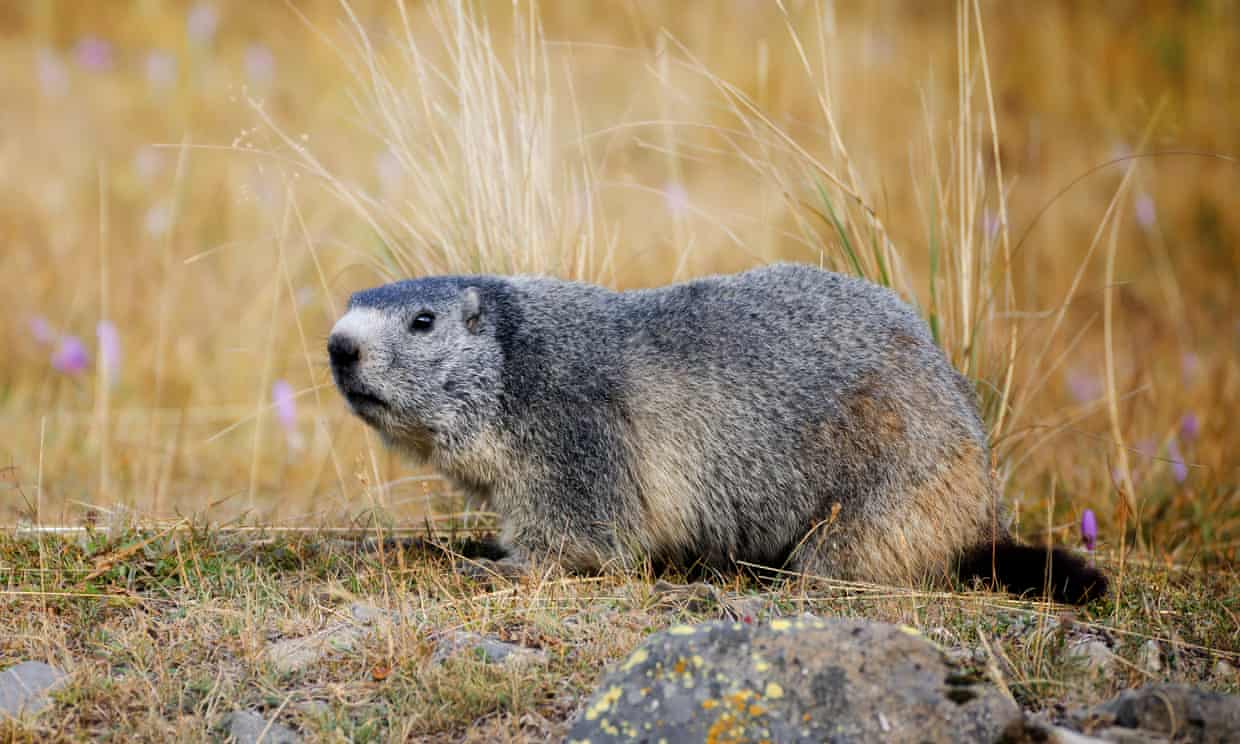
Canada
Groundhogs to blame for scattered human bones in Canadian cemetery
by Leyland Cecco- Pieces of casket and human bones discovered amid grass
- Groundhogs thriving at Notre Dame des Neiges in Montreal
The sprawling grounds of Canada’s largest cemetery have long offered visitors a respite from the bustle of downtown Montreal.
But in recent weeks, those in search of a peaceful walk have instead made a series of grisly discoveries among the graves of Notre Dame des Neiges: splintered pieces of caskets and human bones scattered throughout the grass.
The culprits are groundhogs, a large rodent with thick claws, strong limbs and an insatiable love for burrowing.
One woman recently told Montreal-based publication 24 Heures that she had spotted a human clavicle and arm bone resting near a groundhog hole.
“It’s not respectful for the families,” she said.
Like most city parks, the forested grounds of Notre Dame have long been home to urban wildlife, including foxes, raccoons and squirrels. And with healthy populations living alongside humans, occasional tensions are inevitable.
“If you look at the cemetery, it’s actually perfect habitat all around,” David Rodrigue, a biologist with the Ecomuseum Zoo, told the Canadian Press.
Because their teeth are always growing, groundhogs often gnaw on hard materials such as trees. In a cemetery, wood from caskets, and even human bones, provide ample opportunity to pare down their teeth.
Cemetery staff told the Canadian Press they have found human bones in the grass “a few times” this summer. But under Quebec law, there is little employees can do. The province has banned the killing or capture of any animal that causes property damage, meaning residents can only close off the animals’ home or attempt to cut off its food supply.
Part of the surge in Montreal has been attributed to a decline in predators – such as red foxes – which previously kept groundhog numbers in check. The cemetery currently estimates there could be thousands of groundhogs thriving above and below ground.
“If we collect any bones, they’re put back underground in the same location,” a Notre Dame employee told 24 Heures. “Except that the groundhogs make new holes every day, so the process has to be started all over again.”